
Amendment to the RoHS Directive - everything you need to know
In spring 2022, the EU Commission has revised the RoHS Directive. This defines, among other things, the handling of mercury-containing lamps.Find out everything about the new changes and how you can deal with the fluorescent lamp ban in the future.
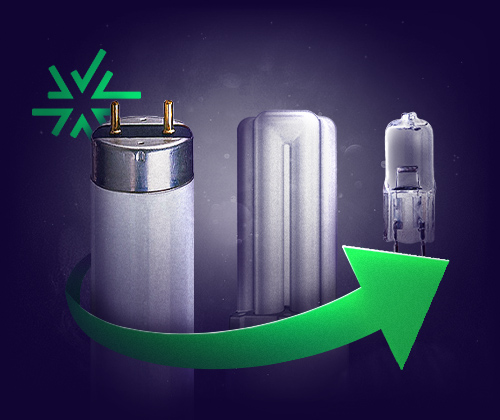
RoHS Directive - the changes at a glance
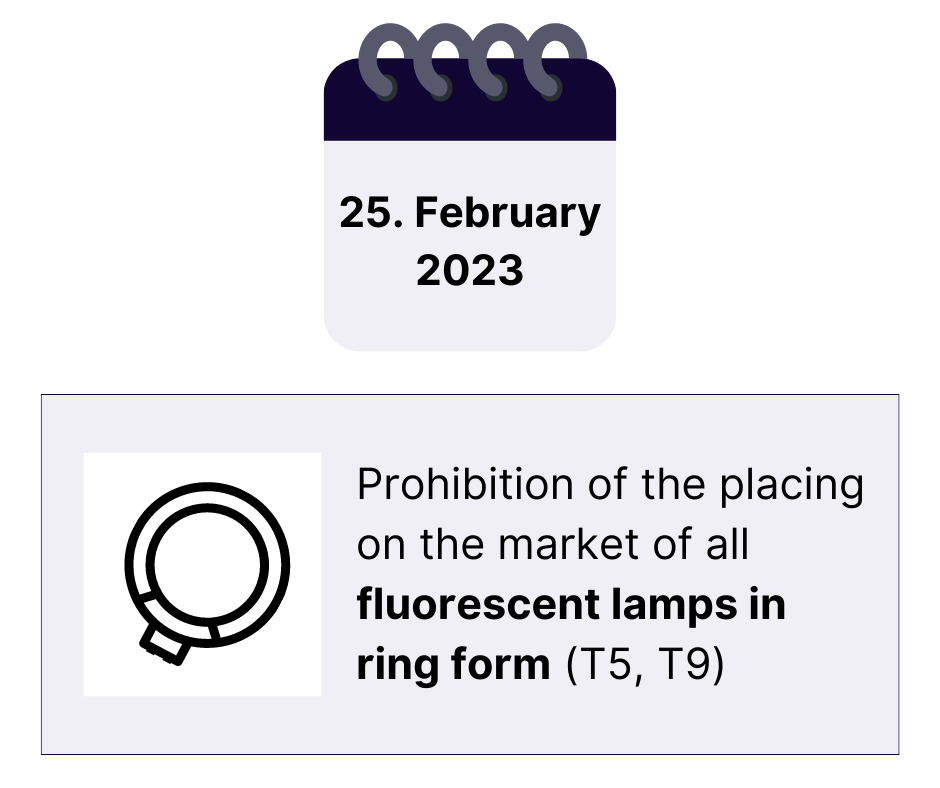
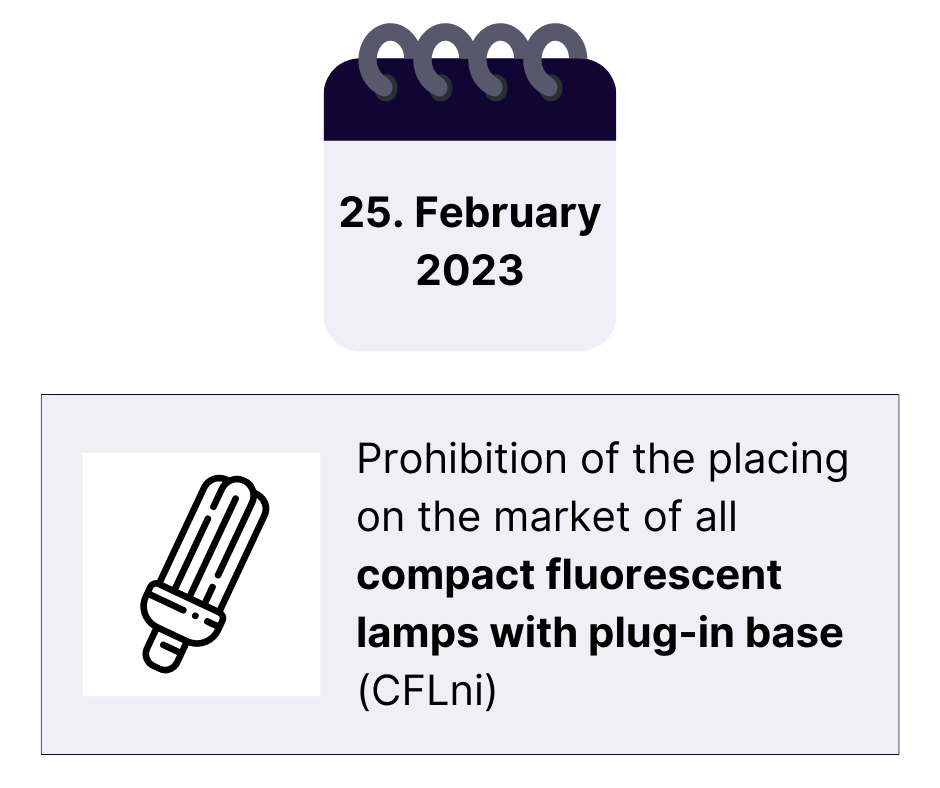
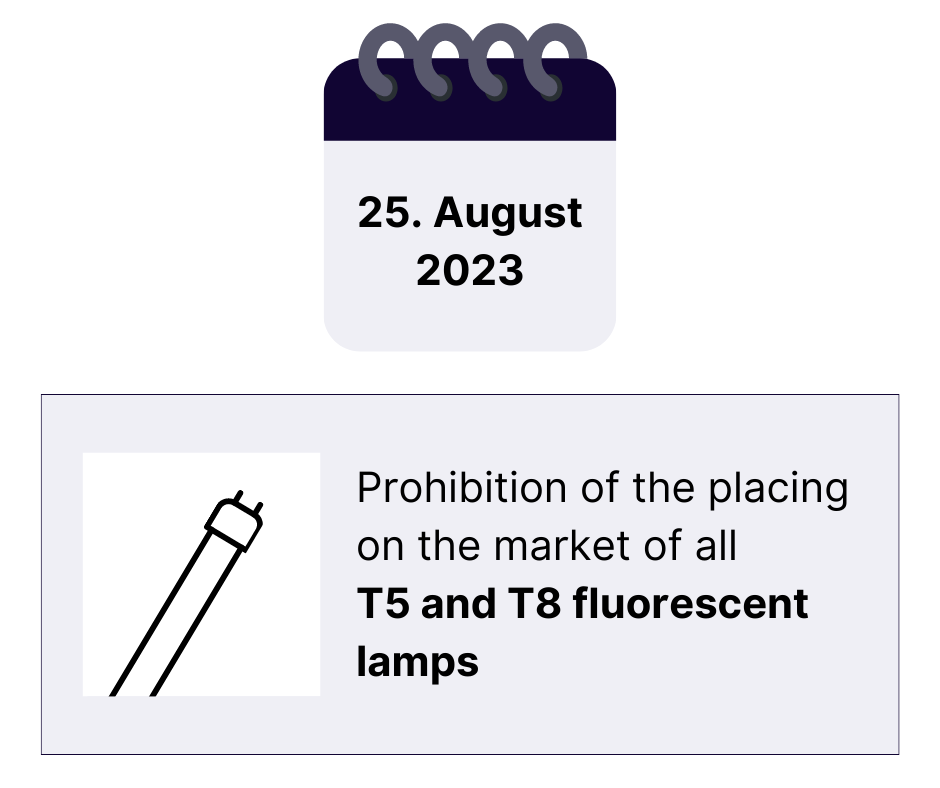
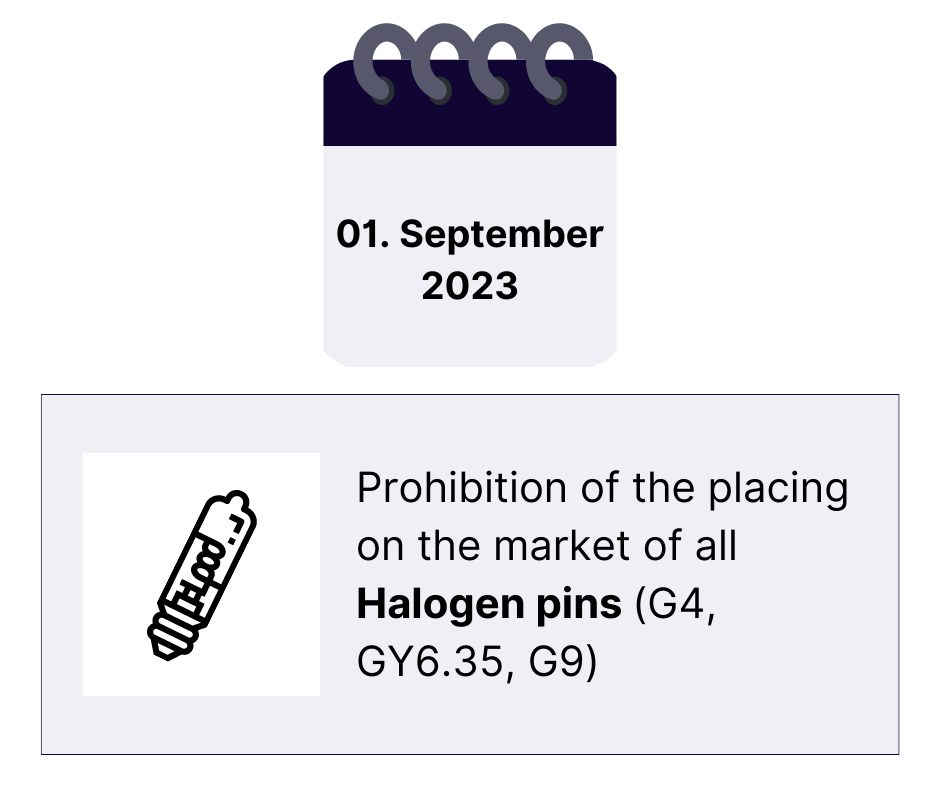
RoHS Directive - what it's all about
RoHS stands for "Restriction of the use of Hazardous Substances". Specifically, it refers to the use of mercury in lamps. Mercury is considered a hazardous substance and its use in electrical or electronic equipment is prohibited. Until now, there were exemptions for T5 and T8 fluorescent lamps, compact fluorescent lamps and special purpose lamps. However, earlier this year, these exemptions, defined in Annex III, were amended. Accordingly, the production of many fluorescent lamps will be banned. Only for HPD lamps and special purpose lamps may be produced for another 3-5 years.In addition, the ban refers to production of corresponding lamps. The use and also the sale or purchase of stock products are still allowed. The RoHS directives only provide for a so-called "phasing out" of non-sustainable light sources.
RoHS Directive - the changes in detail
It was already decided that the placing on the market of the T8 fluorescent lamp will be banned from September 2023. The amendments to the RoHS directives from last spring put the end of the fluorescent tube a few days earlier: from August 25, 2023, T8 lamps will be phased out together with T5 fluorescent lamps.It will also hit compact fluorescent lamps with plug-in bases as early as February 25. An extension of the exemptions to 3-5 years is planned for HPD lamps and special purpose lamps (such as for UV-C disinfection with lamps).
What are the consequences of the fluorescent lamp ban?
The planet is not the only one to benefit from the fluorescent lamp ban. You, as a consumer, will also achieve some benefits. The gradual bans on inefficient light sources will lead to increased production of energy-efficient solutions. These ultimately help to significantly reduce energy costs in the home. However, the changeover will not only have positive consequences. Consumers who use the soon to be banned halogen or fluorescent lamps will eventually need new light sources. Although fluorescent lamps may continue to be sold from stock, this supply is limited. There is no longer a supply from the manufacturer and so fluorescent lamps are gradually being withdrawn from circulation. Private consumers therefore have only two options:1. retrofitting to modern, more efficient light sources
2. to build up stocks of appropriate light sources
The situation in industrial companies is also likely to worsen. This is because around 40 percent of all companies currently still use T8 fluorescent lamps. Accordingly, these companies will also be affected if a ban is imposed on fluorescent lamps. They will have to change over the equipment of the lamps in the operating facilities accordingly in good time.
Another point is the price increase when the time of the final ban comes in 2023: the short-term change of lighting could cost you dearly. Manufacturers of forward-looking LEDs know that no other choice will be possible after September 2023. Accordingly, the prices for the LED lamps and LED tubes could rise in the short term before the following demand will ultimately ensure falling prices again.
What serves as a replacement?
The focus for alternative light sources is currently on LEDs. This is because the LED offers decisive advantages compared to fluorescent lamps.Accordingly, it consumes very little energy compared to other light sources. For example, up to 80 percent of the energy previously consumed by incandescent lamps can be saved. The reason for this lies in the semiconductor of the light-emitting diode. This emits the light more clearly and brightly, but at the same time requires less energy. LEDs also do not contain any harmful chemicals (such as mercury in energy-saving lamps). This makes them much more environmentally friendly than other means.
The higher purchase costs of LED illuminants compared to conventional lamps may seem daunting at first.
However, the combination of a significantly longer service life and improved efficiency means that LED lighting pays for itself after just a few years, depending on the application.
Last but not least, LEDs are available in different light intensities. This enables better adaptation to individual requirements - sensors allow these energy-saving light sources to be controlled. In this way, the light intensity in suitable lamps can be regulated according to your wishes. In addition, there are the different color temperatures. An LED in warm white, cold white or even in bright colors shine. This makes their use for several occasions conceivable.
Advantages of LED light at a glance:
- long service life
- high energy efficiency
- flexibility with regard to light color
- excellent photometric values
Plan and prepare
early
As individual light sources are gradually banned, early planning is essential. It is worthwhile, both in terms of price and electricity costs, to switch to energy-efficient light sources at an early stage. Private consumers as well as businesses can avoid rising costs by preparing the switch in good time. The general rule in both private and commercial sectors is that those who plan and implement the switch to more energy-efficient alternatives now will save more energy and therefore money in the long term.



